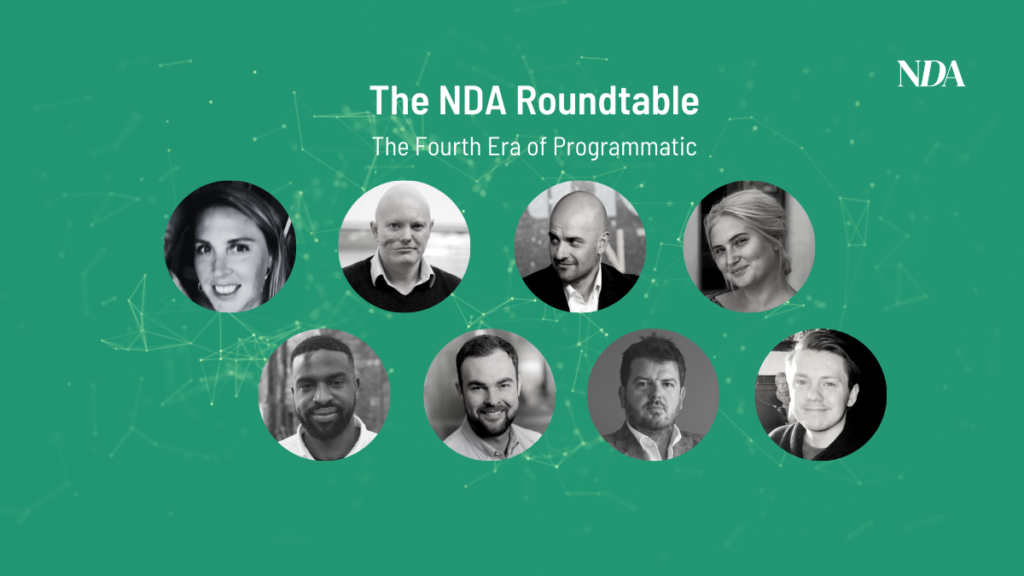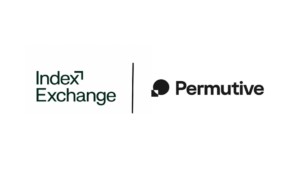NDA recently partnered with Talon Outdoor to host a roundtable discussing the fourth era of programmatic: programmatic out-of-home. In this second article from the event, we hear from attendees Celine Saturnino, Chief Operating Officer at Total Media; Tom Harrison, Head of Programmatic and Display at Manning Gottlieb OMD; John-Paul Major, Head of Product Growth at Mediacom; Akama Davies, Global Practice Lead for Digital OOH at Xaxis; Simon Jenkins, Chief Strategy Officer at VCCP Media; Emma Jensen, Programmatic Director at Digitas UK; Josko Grljevic, Chief Transformation Officer at Talon; and Adam Pace, Consultant at Talon.
As with most emerging methods of reaching consumers, programmatic out-of-home (OOH) is faced with several questions. One of the concerns with that is the fear of cannibalising existing out-of-home budgets, rather than increasing investment from elsewhere.
“As is the case with many emerging approaches to channels, there is a perception – and, in instances, a reality – of cannibalisation. A lot of that is driven by the maturity of the medium itself because budgets will flow in methods and routes that people are familiar with,” said Xaxis’ Davies. “To change that, it’s really around that education piece, and considering some of the use cases of digital out-of-home in digital strategies, rather than diving straight into typical models and routes to market. This shift in tack will ultimately benefit clients and bring incremental investment to the channel.”
Manning Gottlieb’s Harrison feels that much of this cannibalisation is down to the way that clients still continue to set up their advertising functions.
“We’re constrained by legacy practices, and that starts with the client. Operationally, some clients are still split into above-the-line and digital,” Harrison said. “Often, the above-the-line team will be the gatekeeper of that out-of-home budget, regardless of how it’s activated. I think that’s a challenge for us to overcome, as an industry, with our clients.”
Despite this, he doesn’t believe there’s “a huge amount of money” moving from traditional OOH to digital OOH, as “it’s still pretty nascent” and “legacy briefing structures” need to be sorted out first.
Eating up budget for good
Total Media’s Saturnino is seeing programmatic OOH budgets “definitely coming from traditional out-of-home”, but doesn’t believe this is much of an issue.
“Is cannibalisation really a problem? For me, it’s just that we’re executing out-of-home in a different way. And, when we think of cannibalisation, we think of it as something negative. I’m not sure it is negative. It’s just advertisers executing money differently,” Saturnino explained. “Personally, I don’t see it as a challenge. It’s a different way of doing things and, sometimes, it’s a better way of doing things, as long as it’s for the right reasons.”
Mediacom’s Major agreed that cannibalisation doesn’t have to be a problem, viewing it as “more of an issue for the media side” of the industry.
“We need them to invest in the tech to be able to activate more efficiently in this manner, and to be able to grow the pot,” he said. “So, if we’re not seeing extra budgets come in, and it’s budgets that might have gone elsewhere, that becomes a problem. That’s where I think cannibalisation is an issue that we need to address. But, on our side, it’s absolutely fine if we’re delivering more efficient buying for clients.”
Equally, VCCP’s Jenkins believes that cannibalisation is necessary, at least just to get more people involved in using programmatic OOH.
“A bit of cannibalisation has to happen initially, in order to get people used to the channel,” said Jenkins. “When they’re used to that method of trading, and we can see that it works, then the budgets will scale, and the publishers can put more inventory into the pools.”
Where do I belong?
Alongside concerns around budget, there are questions about where programmatic OOH will fit into the rest of the marketing mix, and how it will work in conjunction with other channels.
“We’ve known for a long time that if you do a social campaign and follow it up with an out-of-home campaign, you get a multiplier effect. We’re seeing more and more that combining multiple channels together has a multiplier effect for the client, depending on what you want to do,” said Talon’s Grljevic.
“Out-of-home will become intricate as an omnichannel strategy, and will become more so as it becomes more online and people start to stitch data together, generate insights, and do proper targeting, then out-of-home becomes a very powerful proposition of a much larger campaign.”
Digitas’ Jensen feels that OOH delivers “a huge benefit, which digital has struggled with over the years,” in that it offers the ability to take offline metrics and bring them into a central hub for use in online campaigns.
“For us, that’s going to be a huge win,” she said. “Being able to buy automated out-of-home to get those first-party audiences available for our clients that don’t have a DMP, and then scale them out across the other channels and see how else we can integrate them with the different departments that we have.”
Talon’s Pace agrees there is a good opportunity for programmatic OOH to be involved more closely with other parts of the marketing mix, particularly with all the changes happening around the world in regards to privacy and identity.
“There’s going to be a fairly seismic shift in effectiveness reporting, attribution, and measurement over the next couple of years. And it feels like a good opportunity to build out-of-home into that. But it’s tricky to see how that fits into the wider mix and how it plays out,” concluded Talon’s Pace.












